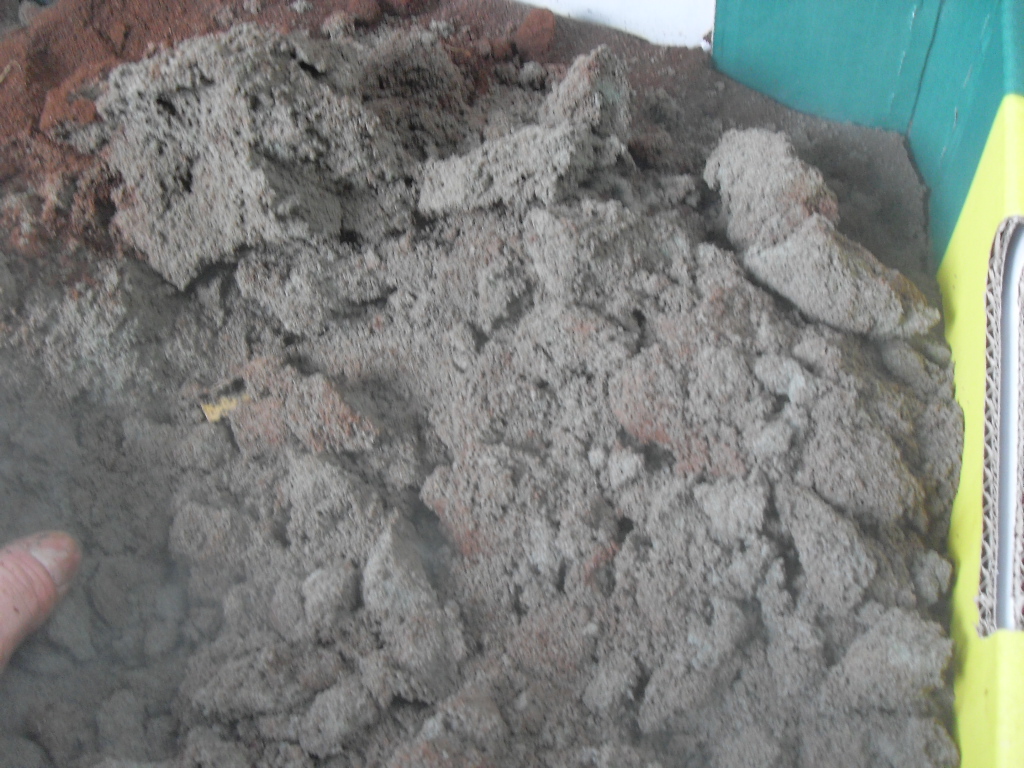Have you ever noticed a strange white substance growing on your coffee powder or beans? If you have, then you have come across white fungus on coffee powder. This type of fungus is a common problem in the coffee industry and can pose health risks to consumers.
In this blog post, we will discuss what white fungus on coffee powder is, its causes, dangers, prevention, and removal methods.
Causes of White Fungus on Coffee Powder:

White fungus on coffee powder is caused by the growth of various types of fungi. These fungi thrive in warm, damp environments, making coffee beans and powder an ideal breeding ground.
The main cause of white fungus on coffee powder is improper storage and transportation. Moisture and heat can encourage the growth of fungus on the coffee beans, which can spread to the coffee powder.
Moreover, the susceptibility of coffee beans to fungus can vary depending on factors such as altitude, soil, and the bean’s quality. Coffee beans grown at lower altitudes are more prone to white fungus than those grown at higher altitudes.
Dangers of Consuming Coffee with White Fungus:
Consuming coffee with white fungus can pose health risks to individuals. Fungi produce mycotoxins that can cause various health problems, including liver damage, cancer, and respiratory problems.
Moreover, white fungus can affect the taste and quality of coffee, making it unpleasant to drink. The presence of white fungus in coffee can also have a negative impact on the production and distribution of coffee, leading to financial losses for coffee farmers and companies.
Preventing White Fungus on Coffee Powder:
Preventing white fungus on coffee powder starts with proper storage techniques for coffee beans.
Coffee beans should be stored in a cool, dry place, away from moisture and heat. It is also essential to store coffee beans in airtight containers to prevent exposure to oxygen, which can affect the beans’ quality.
Best practices for brewing coffee should also be followed, including using clean equipment and avoiding contamination. Regular cleaning of coffee equipment is crucial to prevent the growth of fungus and bacteria.
Removing White Fungus on Coffee Powder:
If you notice white fungus on your coffee powder, it is essential to remove it immediately to prevent further contamination. Manual methods for removing white fungus include physically removing the fungus from the coffee powder with a clean, dry cloth or brush.
Chemical methods involve using antifungal agents to kill the fungus. It is crucial to follow the instructions provided with the antifungal agent to ensure safety and effectiveness. Proper cleaning of coffee equipment is also crucial in preventing the growth and spread of the fungus.
White fungus or mold growth in coffee powder is a common problem, especially in humid or damp environments. Here are five ways to remove white fungus from coffee powder:
- Discard contaminated coffee: If you notice white fungus in your coffee powder, discard the entire batch. Do not try to salvage the affected powder by removing visible mold growth because there may be invisible spores that can spread the contamination.
- Store coffee properly: To prevent white fungus growth in coffee powder, store it in a cool, dry place, away from moisture and sunlight. Use an airtight container to keep the coffee fresh and prevent moisture from entering.
- Use vinegar: Vinegar has antifungal properties and can be used to clean contaminated coffee equipment. Mix equal parts of white vinegar and water, then use a clean cloth to wipe the inside of your coffee grinder or other equipment. Rinse thoroughly with clean water and dry completely.
- Use baking soda: Baking soda is a natural fungicide that can help remove white fungus from coffee powder. Mix one tablespoon of baking soda with two cups of water and use a clean cloth to wipe down your coffee equipment. Rinse thoroughly with clean water and dry completely.
- Use hydrogen peroxide: Hydrogen peroxide is another effective antifungal agent that can be used to clean contaminated coffee equipment. Mix equal parts of 3% hydrogen peroxide and water, then use a clean cloth to wipe down your coffee grinder or other equipment. Rinse thoroughly with clean water and dry completely.
Remember, prevention is the best solution, so always store your coffee powder properly to avoid fungal growth.
How can I tell if my coffee powder has a white fungus?
If your coffee powder has a strange white growth on it, it is likely that it has white fungus.
The fungus can also affect the taste and aroma of the coffee, making it less enjoyable to drink. It is important to inspect your coffee powder carefully before using it and to discard any powder that shows signs of white fungus growth.
Can white fungus on coffee powder cause health problems?
Yes, white fungus on coffee powder can cause health problems, including liver damage, respiratory problems, and even cancer.
The fungus produces mycotoxins, which are harmful to humans. It is important to take precautions to prevent the growth of white fungus on coffee powder and to discard any powder that has been contaminated.
How can I prevent white fungus from growing on my coffee powder?
To prevent white fungus from growing on your coffee powder, it is important to store your coffee beans in a cool, dry place and to keep them away from moisture and heat. Using airtight containers to store your beans can also help prevent contamination.
Additionally, cleaning your coffee equipment regularly and following best practices for brewing coffee can help prevent this.
Conclusion
White fungus on coffee powder is a common problem in the coffee industry that can pose health risks to individuals and have a negative impact on coffee production and distribution.
Proper storage techniques, best practices for brewing coffee, and regular cleaning of coffee equipment are crucial in preventing the growth and spread of the white fungus.
If you notice white fungus on your coffee powder, it is essential to remove it immediately using manual or chemical methods. By maintaining proper coffee hygiene, we can ensure that we are consuming safe and high-quality coffee.






